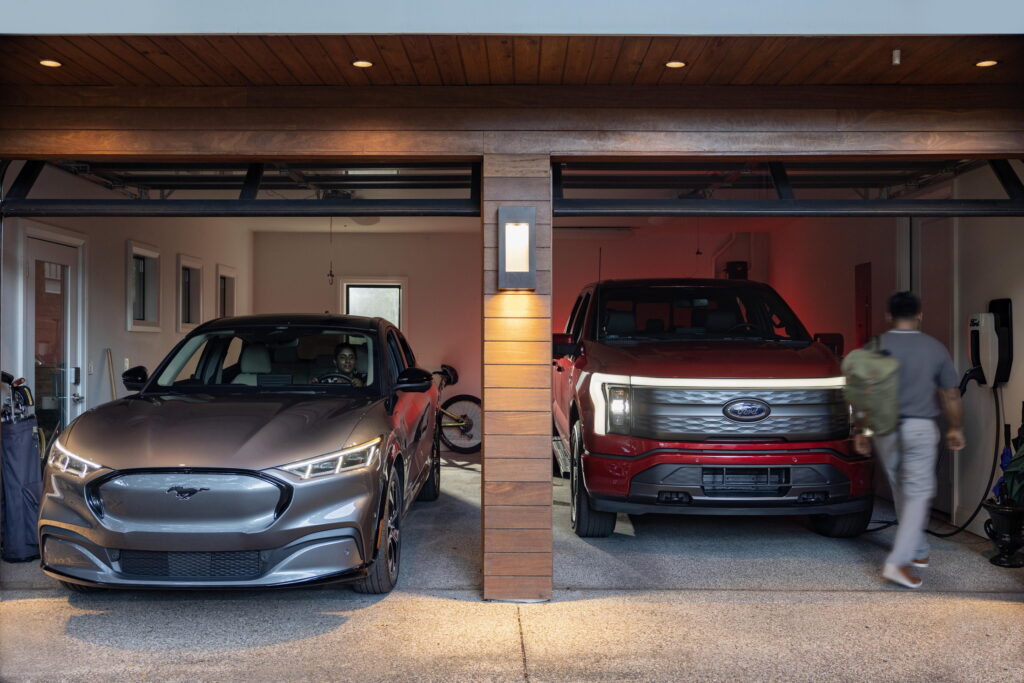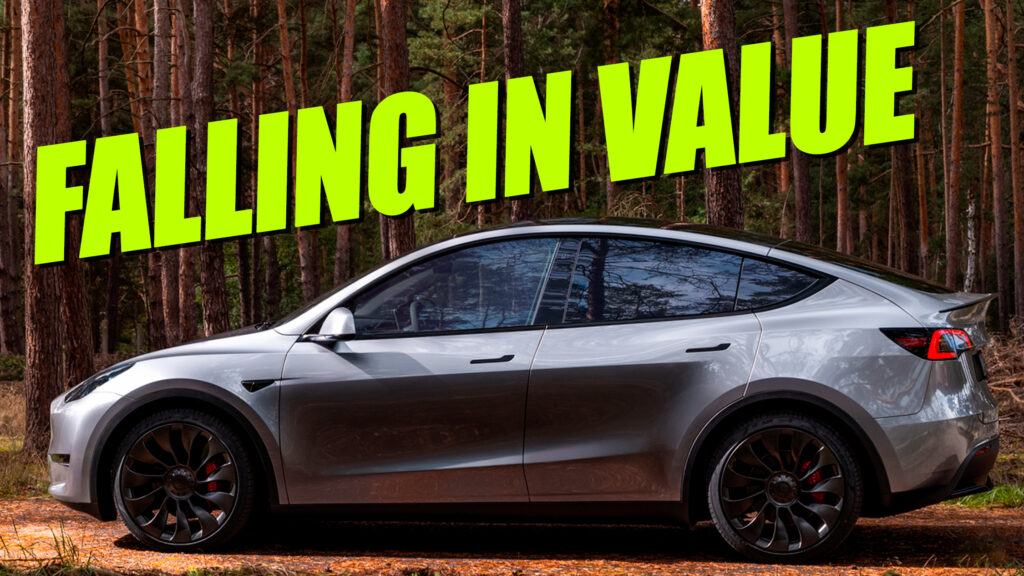- The average amount owed on upside-down loans hit a record high of $6,255 in Q2.
- Owners of new EVs face significant negative equity, averaging $10,326 per trade-in.
- Factors like fast-changing EV technology and volatile market prices contribute to the issue.
Car ownership is not something to be taken lightly, and as evidenced by recent figures from the US, it is becoming a growing financial burden for many with car loans. Consumers who have taken out loans to purchase an EV are being hit particularly hard.
An analysis from Edmunds has revealed that nearly a quarter, or 23.9%, of consumers who recently financed a new vehicle and traded in their previous one were upside down on their old car loan. In automotive lingo, this means owing more on the loan than the car’s value, and rates are at their highest since Q1 2021, when they peaked at an eye-watering 31.9%.
Read: Hertz Is Off-Loading An Extra 10,000 EVs Due To Massive Depreciation
The study reveals that the average amount owed on upside-down loans hit a record high of $6,255 in Q2 2024, a significant increase from $4,487 in Q2 2022. The news is even worse for those who took out a loan to purchase an EV.
Last quarter, the average amount owed on an EV traded in with negative equity reached a staggering $10,326. That’s almost double the $5,469 of Q2 2022 and highlights how volatile price changes for new EVs have eroded the value of used ones.
It also serves as a testament to the enormous levels of depreciation that EVs are experiencing, partly as they are fitted with emerging technologies and because the industry is developing and improving at a startling rate. If you take out a loan for a new EV now, that car could be superseded with an updated and significantly improved one within a few years.
Negative Equity Data
Edmunds notes that another contributing factor is that the average trade-in age for EVs is significantly lower at 2.1 years compared to 3.7 years for ICE models.
“Over the last few years, inflated vehicle trade-in values kept consumers somewhat shielded from falling underwater on their car loans,” Edmunds’ head of insights Jessica Caldwell said.
“As the market continues to correct and trade-in values normalize, this protection is falling away, with some vehicle types more affected than others. It’s not surprising that EV owners are feeling the brunt of accelerated levels of depreciation — this is a fairly standard occurrence for vehicles laden with emerging technology, and incentives on new EVs are only adding to the problem by further depressing used EV values,” Caldwell added.




